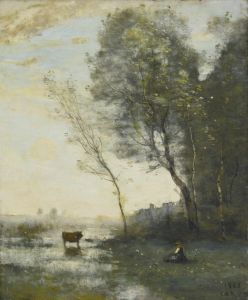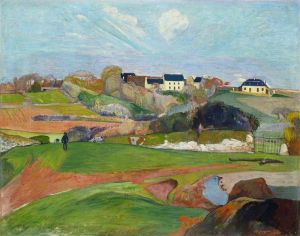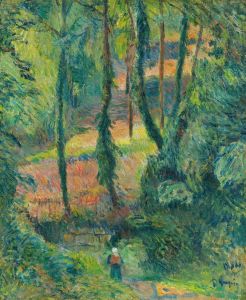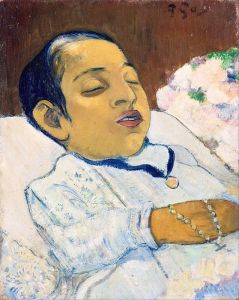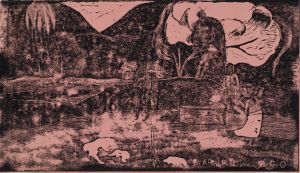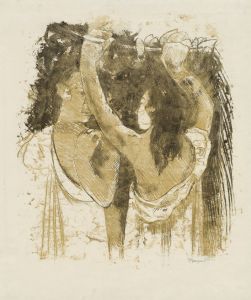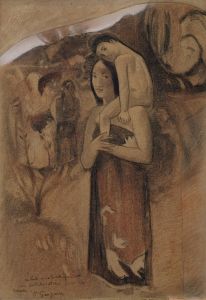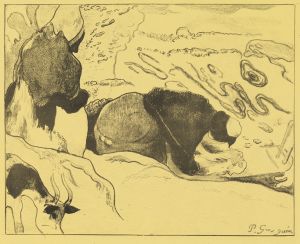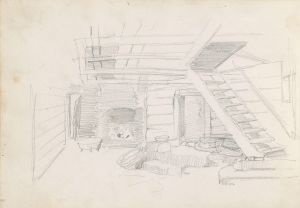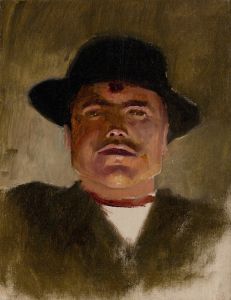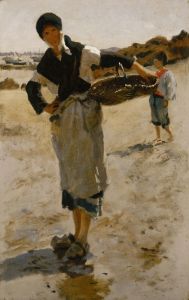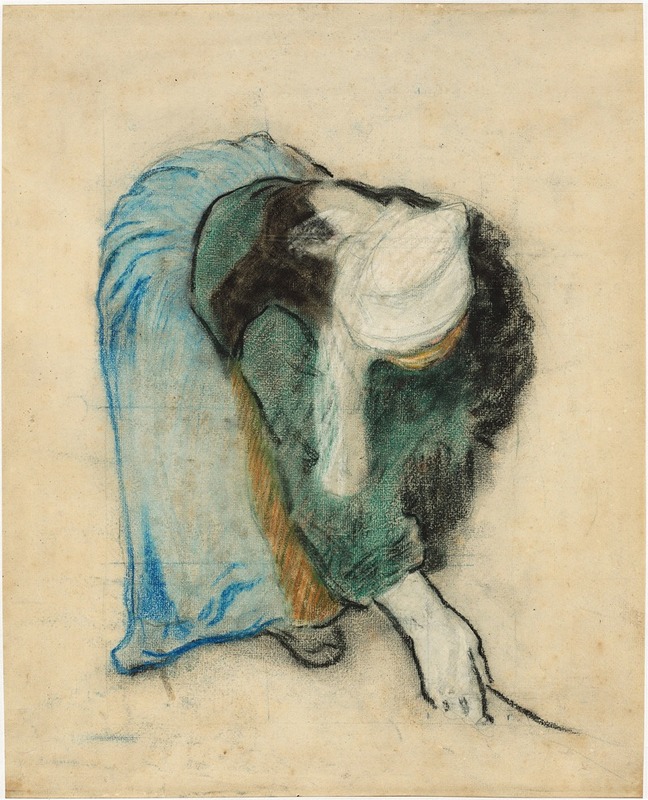
A Breton Gleaner
A hand-painted replica of Paul Gauguin’s masterpiece A Breton Gleaner, meticulously crafted by professional artists to capture the true essence of the original. Each piece is created with museum-quality canvas and rare mineral pigments, carefully painted by experienced artists with delicate brushstrokes and rich, layered colors to perfectly recreate the texture of the original artwork. Unlike machine-printed reproductions, this hand-painted version brings the painting to life, infused with the artist’s emotions and skill in every stroke. Whether for personal collection or home decoration, it instantly elevates the artistic atmosphere of any space.
"A Breton Gleaner" is a painting by the French Post-Impressionist artist Paul Gauguin, created in 1886. Gauguin is renowned for his bold use of color and synthetist style that were influential in the Symbolist movement. This particular work is part of his early exploration of rural life and the people of Brittany, a region in northwestern France known for its distinct cultural identity and traditions.
During the mid-1880s, Gauguin spent time in Pont-Aven, Brittany, where he was drawn to the simplicity and perceived authenticity of rural life. This period was crucial in his artistic development, as he sought to break away from the conventions of Impressionism and explore more symbolic and expressive forms of representation. "A Breton Gleaner" reflects this transition in his style, capturing the essence of the Breton landscape and its inhabitants.
The painting depicts a solitary female figure engaged in the act of gleaning, which involves collecting leftover crops from farmers' fields after they have been commercially harvested. This practice was common among the rural poor and is often associated with themes of poverty and survival. Gauguin's portrayal of the gleaner is both empathetic and dignified, highlighting the quiet resilience of the peasant class.
In "A Breton Gleaner," Gauguin employs a muted color palette, dominated by earthy tones that reflect the natural environment of Brittany. The composition is relatively simple, focusing on the figure of the gleaner against a backdrop of fields and sky. This simplicity is characteristic of Gauguin's work during this period, as he moved away from the detailed brushwork of Impressionism towards a more flattened, decorative approach.
Gauguin's time in Brittany was marked by a fascination with the region's traditional customs and attire, which he often incorporated into his paintings. The gleaner in this work is depicted wearing typical Breton clothing, which adds an element of cultural specificity and authenticity to the scene. This attention to local detail is indicative of Gauguin's broader interest in exploring and representing different cultural identities through his art.
"A Breton Gleaner" is significant not only for its subject matter but also for its place within Gauguin's artistic evolution. It represents a step towards the more radical stylistic innovations that would define his later work, particularly during his time in Tahiti. The painting exemplifies his desire to capture the spiritual and emotional essence of his subjects, moving beyond mere visual representation to convey deeper symbolic meanings.
Today, "A Breton Gleaner" is appreciated as an important work within Gauguin's oeuvre, offering insights into his early development as an artist and his engagement with the themes of rural life and cultural identity. It stands as a testament to his enduring influence on the trajectory of modern art, particularly in the way he challenged traditional artistic norms and sought new ways of seeing and depicting the world.





